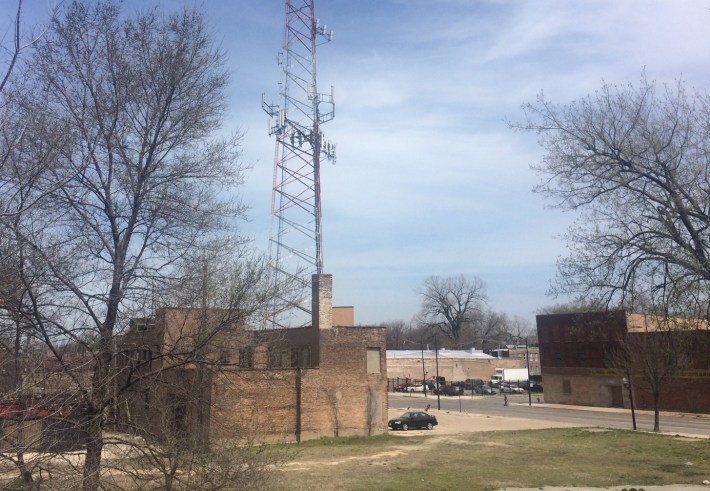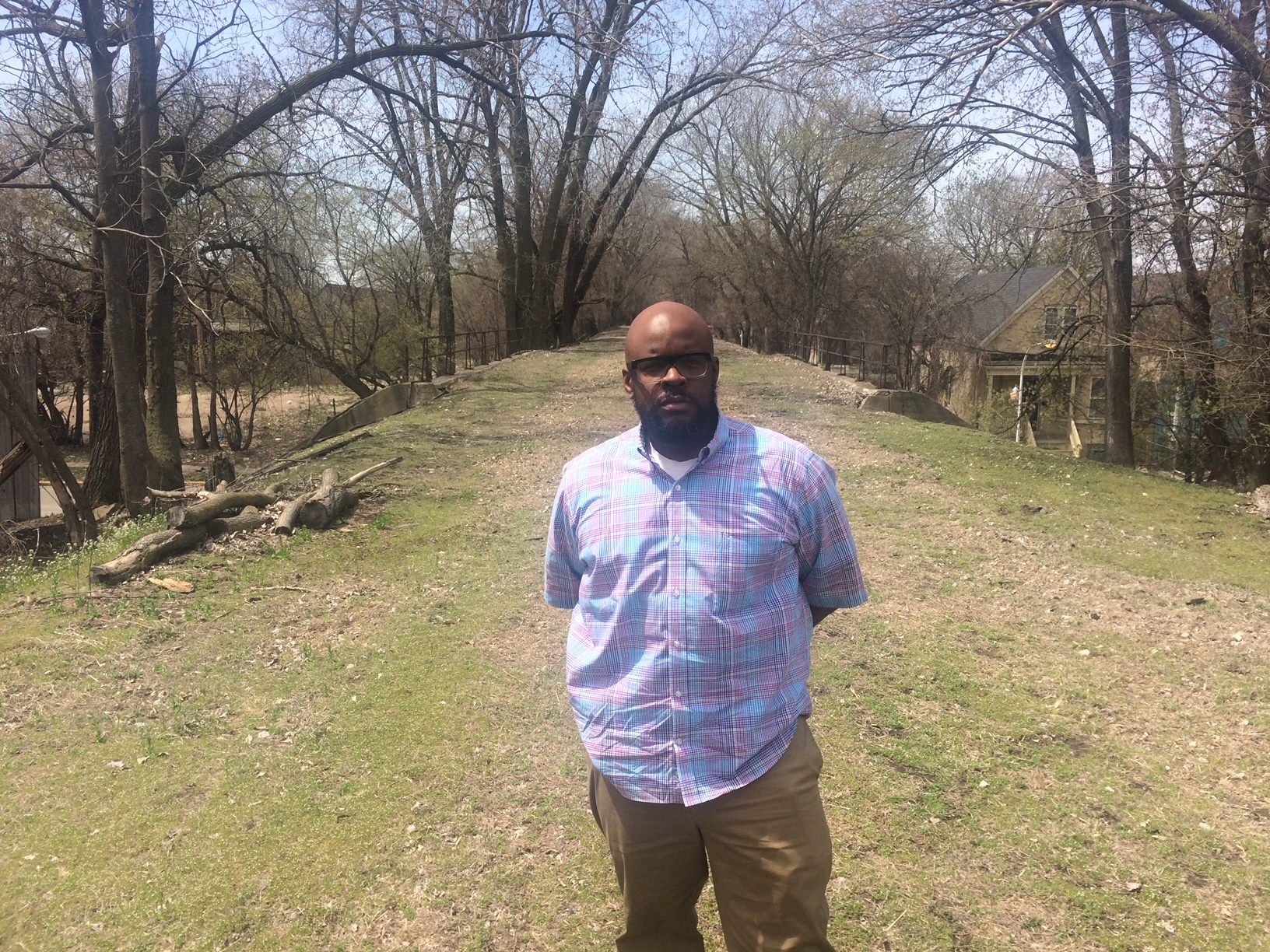Even though Chicago is the nation’s third-largest city, it’s still possible to find a peaceful escape from “all that rat-race noise down in the street,” as the song “Up on the Roof” goes, and you don’t have take an elevator or stairs to get there. The Bloomingdale Trail, aka The 606, elevated greenway runs 2.7 miles across Wicker Park, Bucktown, Humboldt Park, and Logan Square, offering a relaxing place to stroll, jog, bicycle, and watch the world go by, free from car traffic.
Within a few years, there could be an equivalent biking and walking route on the South Side called the Englewood Line, according to Anton Seals Jr., director of the sustainability nonprofit Grow Greater Englewood. The path would run along an unused railroad embankment between 58th and 59th streets from Wallace (630 West) to Hoyne (2100 West) avenues.
“We call ours the ‘Non-606,” jokes Seals. “There are a lot of things happening with The 606 that have impacted the community, in terms of it being a tool for gentrification. [There are questions around] bike equity, biking as a culture, and who has access to that.” He noted that GGE’s focus is on creating a new neighborhood amenity that will by, of, and for current residents, reflecting their needs.
As such, there are plans for community gardens along the trail, as well as transforming a vacant Halsted Street building into an employment center. Although Seals acknowledges that the trail is a massive project that may need to be completed in phases, it appears that the will is there to get this done.
While the most of the neighborhoods along the Bloomingdale already had a strong bike culture, as well as plenty of bike lanes and racks, Seals says the perception of biking in Black communities on the South Side is completely different. “Nobody is thinking about biking in those terms,” he says. If you’re on two wheels the perception is that “you don’t have access to a car, or you might be trying to sell something or take something.” But Seals says the Englewood line could change local views of biking as something people do because they have no other options, to an appealing activity for recreation and health.
Seals noted that the new greenway would likely be bankrolled by federal Congestion Mitigation and Air Quality Improvement funds, because it would also function as a transportation corridor. “The idea of [funding] these trails is to help get people out cars, and reduce pollution.”

Beside the Englewood Line, other names are in the running for the trail, including the Englewood Trail and the 59th Street Line. “This summer we’re actually going to nail down the name for the community to choose,” Seals says. “We’re also revisiting the fact that a large portion of this isn’t just focused on biking. It’s more of a nature trail that would include the bike lane, but not the other way around.”
Englewood doesn’t face the same kind of gentrification and displacement pressures that exist in The 606 neighborhoods, as well as Pilsen and Little Village, where the city is planning a street-level rails-to-trails called El Paseo. Still, Seals says he is highly cautious about what he terms “the erasure of identity,” and wants to ensure that the Englewood Line project reflects the local African-American culture. “We want to make sure our culture and our identity is baked into the environment, so even when you come here, you’re welcome, but it’s not solely your story.”
“Our goal is to make this project something that our people can be really proud of,” Seals added. “I’m being very intentional when I say that. I understand that this is a very diverse city, but this is a 98 percent Black community. There’s nothing wrong with making something black and beautiful without having to state that it’s Black and beautiful. So that’s our goal, and that’s our legacy. We want that to speak for itself.”
“This community is completely different than the areas around The 606,” Seal acknowledged. “In those neighborhoods you have extreme gentrification that is actually happening. Here, it’s more the fear of that potentially happening, but with it being an all-Black neighborhood, it ain’t happening overnight.”
“It has a lot to do with economics,” Seals added. “How are you able to afford to stay where you are? Are there policies in place that help you do that? Historically we’ve had to fight for these things. It’s about understanding context and the history of the place that we now call ‘the hood.’ Just 40 years ago, men and women who migrated -- no, ran -- from the south worked three jobs to buy a house. That gets lost in the wash of this larger narrative of it being violent here. It’s not not true, but it’s not the only part of the story.”
Even though Seals says the Englewood community is “the poster child of failed American urban policy,” he gives full credit to the residents for their resilience. “The story of how we got to be an all-Black space is because whites left. Not because we chased them all out. Right? White people left. They fled. The inverse is when they return. These are 40-50 year cycles.”
For the Englewood Line to be a true asset to the community, it will need to be planned with respect for this history, and an eye on the future, to ensure that current residents will be able to stay in the neighborhood to benefit from it.




